REMEMBERING BROOKLYN’S UNDEAD (1922)
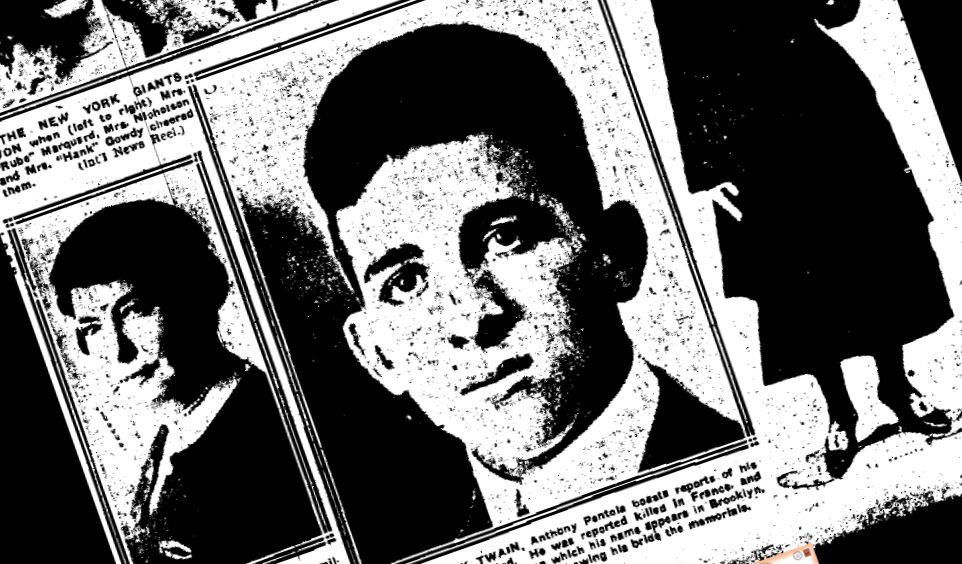
“Reports of my death have been greatly exaggerated.”
So reflected Mark Twain to a reporter with William Randolph Hearst’s New York Journal in 1897, after the New York Herald had incorrectly reported that the famous writer had passed away while in London.
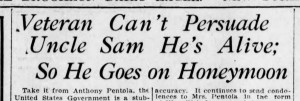
So it was when reports were being dispatched back to the U.S. during the First World War. While the adjutants of these military units, whence the reports originated, were doing their best to keep track of deaths and injuries, it can be imagined that quite a few names were inadvertently added to one or the other of the lists.
After the Great War, accounts of American soldiers often surfaced, of their having previously been added to the list of the war dead, and then having shown up quite healthy – and with plans to continue living for many years to come.
Such was the case with one Brooklyn man, Anthony Pentola, who, upon returning to the U.S. after fighting in the Great War, learned that not only had he been reported amongst the war dead, but that, he subsequently realized, his greatest and most substantial proof against the correctness of this report – his appearance one day in the War Department – was woefully insufficient in reversing the departments’s bureaucratic march toward its repeated lionization of him as an American patriot for his having made the ultimate sacrifice for his country.
DEAD MAN ATTENDS HIS OWN MEMORIAL
In 1922, the First World War having just ended four years earlier, memorials were going up throughout the city dedicated to the men (and women in some cases) who lost their lives during the Great War.
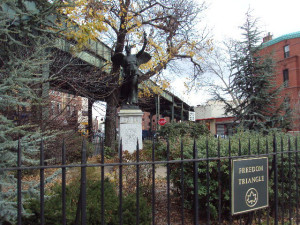
At the intersection of Myrtle and Bushwick Avenues, in the geometrically correct Freedom Triangle, was placed a memorial dedicated to the men from Bushwick who had made the ultimate sacrifice for their country somewhere over in France.
Anthony Pentola, of 134 Jefferson Street, was one of those men.
The fact, though, is not even debatable whether Pentola ever really died “over there.” Especially by Mr. Pentola himself, who had been trying since he returned from the European theatre to set the record straight.
But like a scene out of a Monty Python episode, no amount of evidence – including showing up with his war record and identification – could convince the War Department officials that he was not actually dead.
Listed in the Brooklyn Daily Eagle (23 December 1918) as “Wounded Severely,” his discharge papers merely noted that he had been “slightly wounded.” None of those records mentioned his death. In fact, they noted that the War Department had honorably discharged Anthony Pentola as of April 1919 – and the War Department doesn’t make it a practice to discharge corpses.
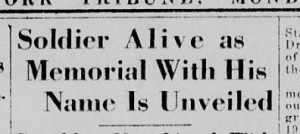
“Regret deeply to inform you,” began the message, at which point any mother would have either fainted or had to sit down as her world began to spin, “it is officially reported that Private Anthony Pentola, infantry, died.”
Fortunately for Mrs. Pentola, Antony was visiting her on leave at the time, or there might have been an actual Pentola death in the family – this one from shock.
Four years afterwards, only Anthony Pentola and his mother seemed to be sure about what happened.
HOW A DEAD MAN WAS RESURRECTED
In an interview with Pentola in 1922, his version of what he believes transpired rose to the surface, and this to the embarrassment of the government and the committees putting up memorials with his name on them throughout Brooklyn.
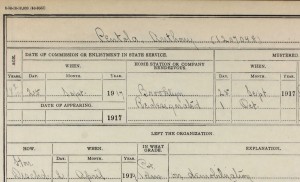
Apparently, “Pentola had gone out in the spring of 1918 with the 106th Infantry, Twenty-seventh Division,” and at some point the following year he “was wounded by shrapnel in the back of the head.”
According to his account, “he managed to drag himself back to the point where he could be taken in an ambulance to the base hospital.”
At this point things turned surreal. Pentola, in his shell-shock, saw 15 of his buddies gathered around and in the back of an ambulance. As he approached these friend and was “about to climb into the ambulance,” a shell exploded a few feet away.
The ambulance was demolished.
Pentola, however, stunned a second time in as many hours, had the breath blown out of him and was likely further concussed. In a short time, though, “another ambulance came and he was taken to the hospital.”
When the burial squad arrived several of his buddies “were found mutilated beyond identification.”
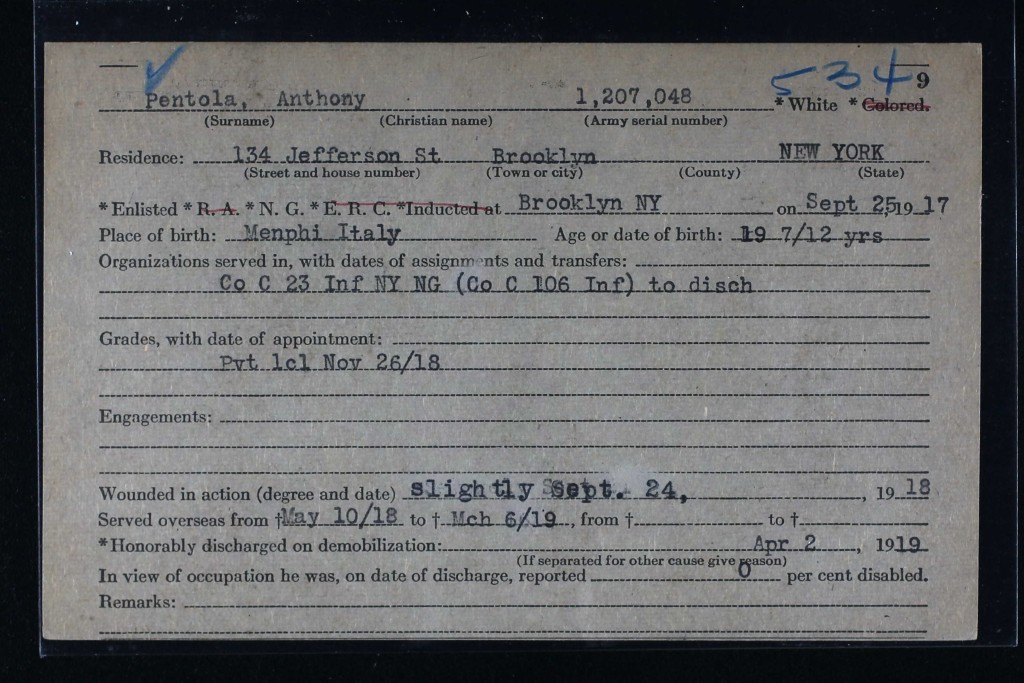
“And that is how it came about,” finished Pentola.
Eventually, after his time in the hospital, Pentola recovered from his shrapnel wounds and would return to the field of battle. When the war ended he was brought back to this country with his division and mustered out in June of 1919.
Soon after he arrived home, Mrs. Pentola continued to receive condolence letters as well as War Risk insurance information – even after they had “been debating the matter with the Government” for some time, sending numerous letters informing the Government that Pentola was not dead, but that, on the contrary, he was alive and well and desirous “to be resurrected in the department annals.”
Like any large institution run by an unwieldy bureaucracy, the War Department “ignored the letters that cast a reflection on its accuracy.”
But when Pentola was “informed that his name was among the list of dead on the ‘Peace and Victory Monument,’ he expressed no surprise.”
He was, actually, he noted, “becoming accustomed to death.”
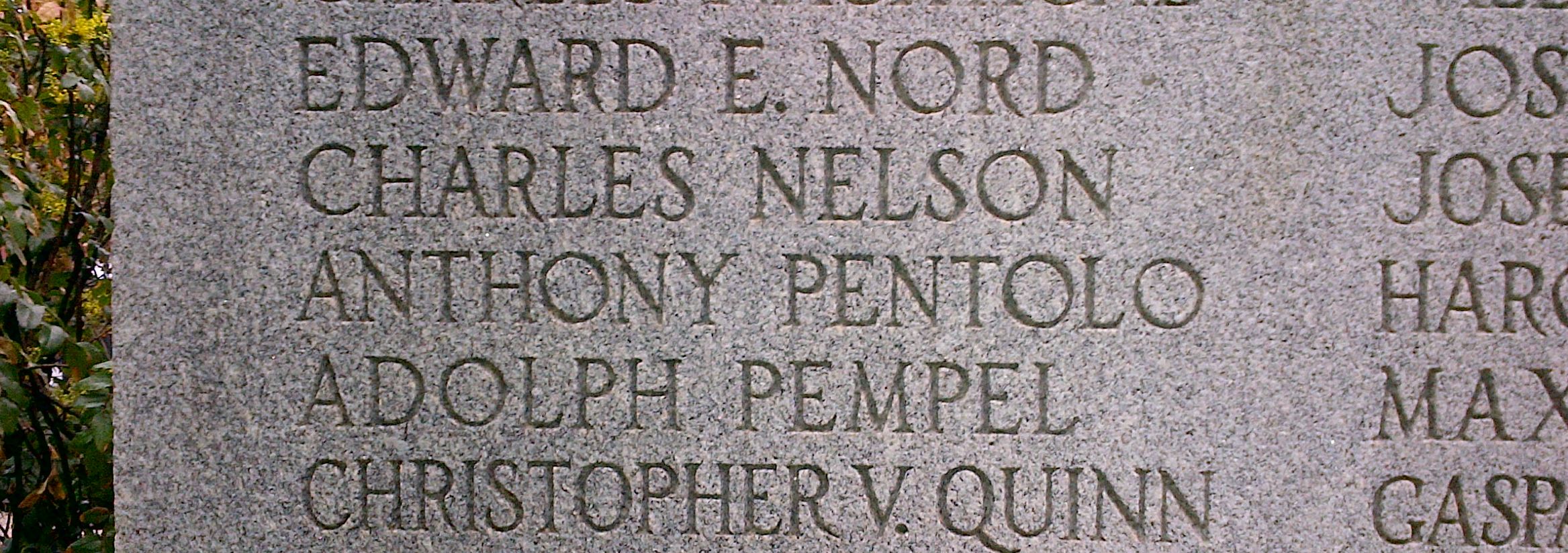
———————————————————————————————————————–
 The story you just read was composed from historical research performed by The Brownstone Detectives. Allow us do an in-depth investigation of your house and its former owners and produce your very own House History Book. Your hardbound coffee table book will include an illustrated and colorful narrative timeline that will bring the history of your house to life. Contact us today.
The story you just read was composed from historical research performed by The Brownstone Detectives. Allow us do an in-depth investigation of your house and its former owners and produce your very own House History Book. Your hardbound coffee table book will include an illustrated and colorful narrative timeline that will bring the history of your house to life. Contact us today.